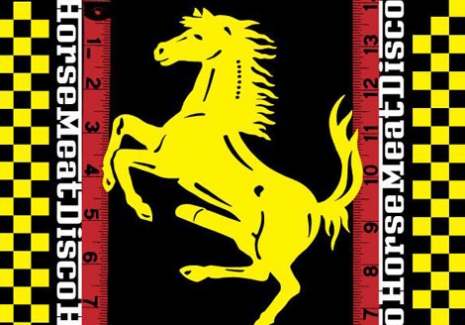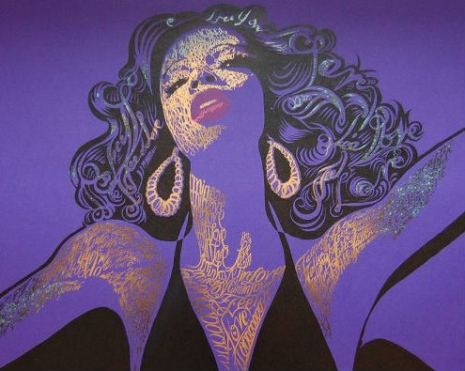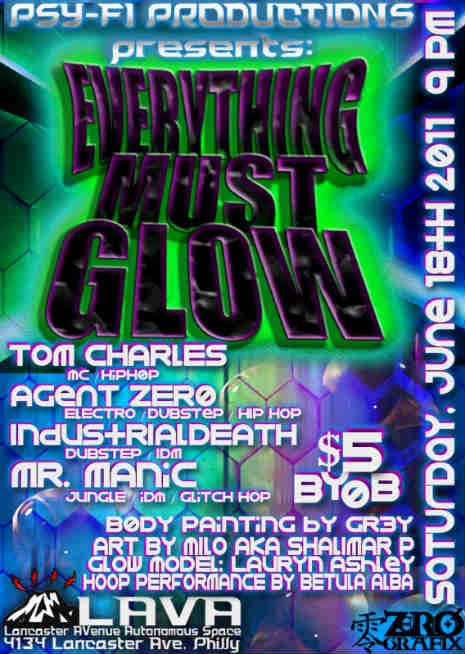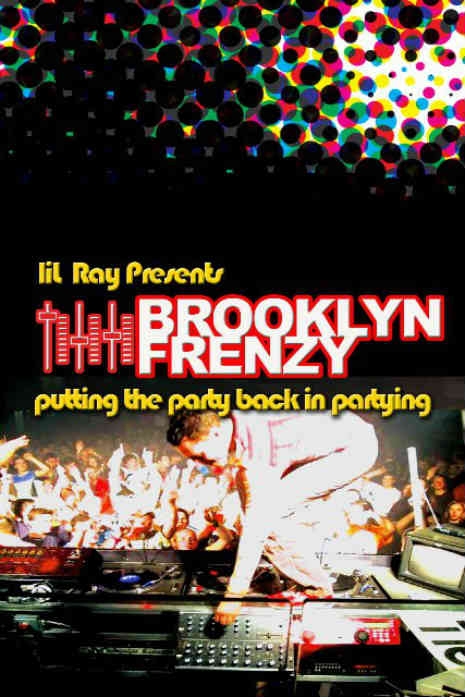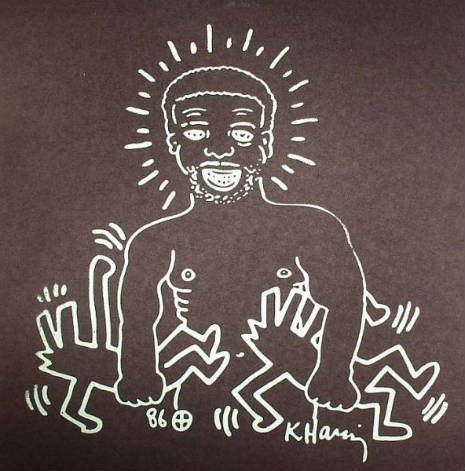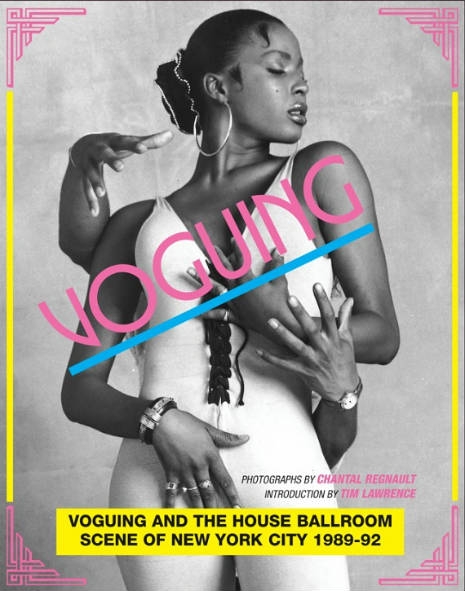
Now here’s something that was sure to be found in the more fabulous Christmas stockings this past festive seasons. Published by the respected London-based record label Soul Jazz, Voguing: Voguing and the House Ballroom Scene of New York City 1989-92 is a collection of photographs by Chantal Regnault documenting the titular scene just as it gained worldwide attention thanks to the likes of Malcolm McLaren and Madonna.
Don’t be fooled if you think that voguing was a mere fad that came from nowhere to disappear just as fast as it sprung up 20-odd years ago. Yes, Madonna brought the dance form to the public consciousness, but if you think she invented it, then child, you need educatin’. Voguing started in Harlem in the 60s, where black and latino drag queens and transexuals had started to host their own balls (beauty pageants) outside of white society, and pioneered a new form of dance based on poses copied from Vogue magazine.
But the history of the drag and gay ballroom scene goes back much further than that - by about another hundred years, as explained by noted author and disco historian Tim Lawrence, in his foreword to this book:
Harlem’s Hamilton Lodge staged its first queer masquerade ball in 1869, and some twenty years later a medical student stumbled into another ball that was taking place Walhalla Hall on the Lower East Side. He witnessed 500 same-sex male and female couples ‘waltzing sedately to the music of a good band.
How things have changed - the modern voguing ballroom scene is/was anything but sedate! Lawrence goes on to put into context the concept of a “house” (in effect a surrogate gay family or gang), which has long been a central aspect of vogue and drag culture:
Referencing the glamorous fashion houses whose glamour and style they admired, other black drag queens started to form drag houses, or families that, headed by a mother and sometimes a father, would socialise, look after each other, and prepare for balls (including ones they would host and ones they would attend).
...
The establishment of the houses also paralleled the twists and turns of New York’s gangs, which flourished between the mid 1940s and the mid 1960s as the city shifted from an industrial to a post-industrial base while dealing with the upheavals of urban renewal, slum clearances and ethnic migration. As historian Eric Schneider argues, gangs appealed to alienated adolescents who wanted to earn money as well as peer group prestige.
Despite the faddish nature of Madonna’s daliance with this scene, voguing and ballroom documentaries like Wolfgang Busch’s How Do I Look and Jennie Livingston’s Paris Is Burning (not to mention performers like the late Willi Ninja and his extant House of Ninja) have done much to establish the history of this world and inspire new generations to take part. And it’s not hard to see the appeal - in a recent interview with The Guardian, Chantal Regnault eplained how voguing and its culture helped re-invigorate New York’s nightlife at the peak of the AIDS crisis:
...the Ball phenomena kind of revived New York nightlife, which had shrunk drastically as the first wave of AIDS related sicknessses were decimating the community. The Queens became the stars of the straight New York clubs, and began to be recognized, appreciated and photographed. They appeared on TV shows and were interviewed by TV icons. The voguers also became a big attraction and soon everybody wanted to emulate their dancing style. Two figures were instrumental in launching the trend in the awakened downtown clubs: Susanne Bartsch and Chichi Valenti, two straight white females who both had a knack for the new and fabulous and a big social network.
Why 1989-1992? What happened next?
1989-1992 was the peak of creativity and popularity for the ballroom scene, and when the mainstream attention faded away, the original black and Latino gay ballroom culture didn’t die. On the contrary, it became a national phenomena as Houses started to have “chapters” all over the big cities of the United States. But I was not a direct witness to most of it as I moved to Haiti in 1993.
As Regnault states voguing is still going strong today, with balls in many of America (and the world’s) largest cities, and this book is a perfect introduction to a compelling, not to mention often over-looked, aspect of gay and black history. Regnault managed to capture some of the most recognisable faces from that world showing off in all their finery, while there are fascinating interviews with some of the key players like Muhammed Omni, Hector Xtravaganza, Tommie Labeija and more. Voguing And The House Ballroom Scene of New York City 1989-92 is quite simply an essential purchase for fans of underground culture.

Avis Pendavis, 1991
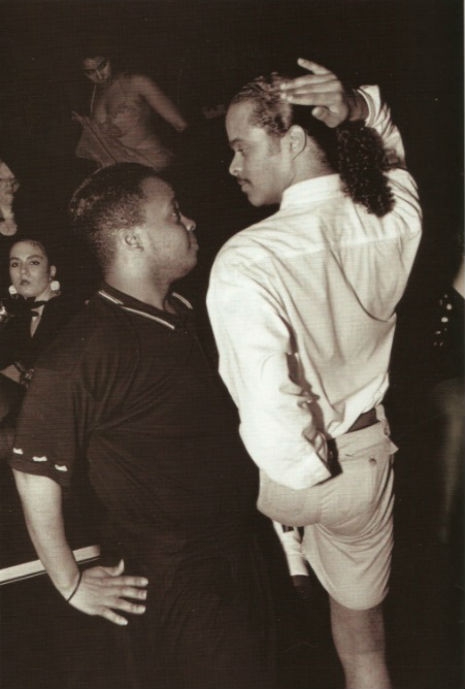
Cesar Valentino (right), Copacabana, 1990

RuPaul, Red Zone 1990
Voguing: Voguing and the House Ballroom Scene of New York City 1989-92 by Chantal Reignault (with an introduction by Tim Lawrence) is available to buy from Soul Jazz Records.
With thanks to Legendary Ballroom Scene for the scans.
Previously on Dangerous Minds
‘Paris Is Burning’: Vogue Realness
Posted by Niall O'Conghaile
|
01.09.2012
12:57 pm
|
